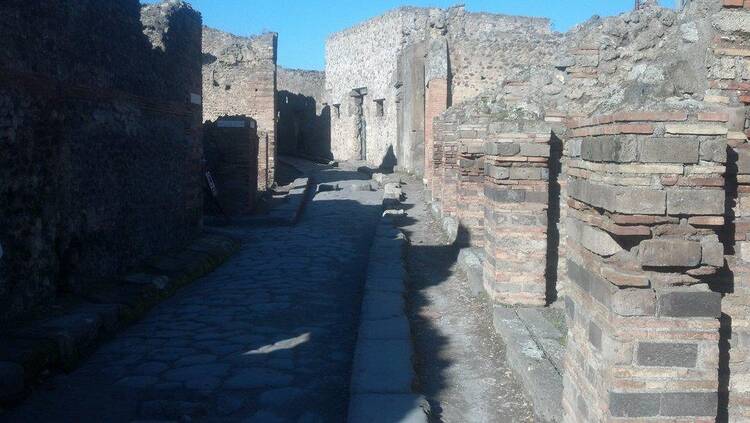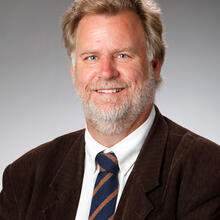Some of you may remember me from The Good Word, where I wrote for over 4 years. I decided to move on a little more than a year ago to begin my own blog Biblejunkies. At Biblejunkies I wanted to focus more on the practice of biblical studies as such and the philosophical, theological and hermeneutical questions that rest behind the practice of biblical studies, making these questions available to a wider online audience. I will continue that blog, but I will also begin blogging again at The Good Word. Some of what I do at Biblejunkies might only be posted there and the same will take place with certain The Good Word blog posts, but I hope to do a lot of cross-posting as well between the two blogs. This happy reunion took place when I was appointed The Word columnist and discussions took place as to how I might connect with the magazine audience online and what shape that online presence might take.
I think there is still room for discussion as to what shape my online presence might take and that discussion would be with you, the readers, as to what you might like to see online. I think the practice of biblical studies online remains a challenging and exciting opportunity. I was able to meet with Antonio Spadaro, S.J. when in Roem recently. Fr. Spadaro has a blog titled Cyber Teologia, with posts in both Italian and English, and a website named after him. He has done serious reflection on how theology ought to be done on the world wide web and he challenged me in January with a number of questions:
1. What is a (biblical or theological) vocation for the internet?
2. How does the internet (or how should the internet) change the way in which the Bible is communicated?
3. Does the internet need a specific form of writing on the Bible?
I am still thinking about these questionas, naturally, but I would encourage you to weigh in on these questions as well. In the meantime, how I have been answering these questions in practice is found in the links below. Over the past year or so, I have written over fifty blog posts on the Gospel of Mark, in which I have presented the Gospel as a dramatic narrative. I have links to all fifty of the blog posts below along with a short introduction to the series. This is not "academic" biblical studies, though it does draw on my academic teaching and study of the Gospel for over twenty years, but it is an attempt to make the fruit of my profession available, not as a means to create controversy or argue particular points of theology or doctrine - though I am not adverse to these things - but to present to readers the word of God and allow them to encounter it through what I have written. Below is my short explanation for the project. I hope you enjoy it!
Introduction to the Gospel of Mark Online Commentary Series:
I think that the Gospel of Mark is a dramatic narrative, by which I mean not simply that the content is dramatic, which it is, but that Mark has constructed a Gospel which is in essence a play, a drama, albeit divine and cosmic in its implications. This does not mean that I think that Mark is ahistorical, only that each Gospel author had to make choices in how their Gospels were constructed and Mark functions as a natural dramatist in how he presents material and how he structures the events in Jesus’ life.As the first written Gospel, and with the oral tradition more apparent on the surface, Mark is sometimes seen as simplistic and even shapeless, but I will argue that the Gospel of Mark is formed with great care, shaped by a series of six Acts, with many scenes, naturally, comprising each Act. Each Act is at the service of Mark’s overall purpose, to explain and unfold not only the identity of the Messiah, but the destiny of the Messiah and his followers. Mark draws the reader into his narrative, so that the reader himself becomes one of the disciples following along the journey with Jesus, a point that will become more apparent as we move deeper into the Gospel.
As I add Scenes and move through each Act, I will come and update this post with a link, so that you are able to access each entry from one post.
This is my division of the Gospel, with a link to each completed entry:
Act 1, 1:14-3:6:
Act 2, 3:7-6:6:
Act 3, 6:7-8:26:
Act 4, 8:27-10:52:
Act 5, 11:1-13:37:
Act 6, 14:1-16:8(20):
Epilogue:
John W. Martens
Follow me on Twitter @Biblejunkies








